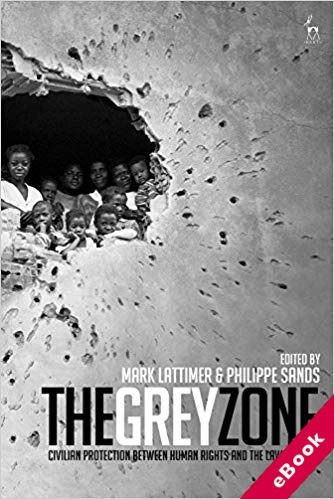
The device(s) you use to access the eBook content must be authorized with an Adobe ID before you download the product otherwise it will fail to register correctly.
For further information see https://www.wildy.com/ebook-formats
Once the order is confirmed an automated e-mail will be sent to you to allow you to download the eBook.
All eBooks are supplied firm sale and cannot be returned. If you believe there is a fault with your eBook then contact us on ebooks@wildy.com and we will help in resolving the issue. This does not affect your statutory rights.
The high civilian death toll in protracted conflicts such as those in Syria or Iraq appears to demonstrate how little the international legal order has to offer to civilians at risk.
A recent conference of states convened by the International Committee of the Red Cross referred to 'an institutional vacuum in the area of international humanitarian law implementation'. Yet both international humanitarian law and the law of human rights establish a series of rights that, at least in theory, are intended to protect civilians. But which law or laws apply in a given situation and what are the obstacles to their implementation?
How can the law assist civilians injured by new methods of warfare, such as drone strikes, or targeted by new forms of military organisation, such as transnational armed groups? Can the implementation gap be filled by the growing but sometimes controversial use of human rights courts to remedy violations of the laws of armed conflict, or by proposals for new instruments or mechanisms of civilian legal protection?
This volume brings together contributions from leading academic authorities and legal practitioners to shed light on the situation of civilians in the grey zone between human rights and the laws of war. In Part 1 each chapter considers a key contested or boundary issue in defining the rights of civilians or non-combatants in today's conflicts. Part 2 goes on to assess current and developing legal mechanisms for addressing violations.
As military intervention to protect civilians remains highly controversial, this volume looks at the alternative potential for developing a practice of civilian rights protection.